- Joined
- Sep 2, 2003
- Messages
- 34,533
- Reaction score
- 7,557
- Location
- In the mental ward of this forum
- Can others edit my Photos
- Photos NOT OK to edit
Wow. Interesting bio, with some heady company.
Sometimes I think maybe a "lesser" image gains status based only on the significance of the photographer. While I actually like the above image, I think the pole is a serious compositional flaw and would get most of us bounced out of Photography I class during critique time.
That said, rules are made to be broken. But in turn, doesn't that beg the question: broken - by whom? And to what end? None of us would have expected a good critique if we'd posted this image, again if for no other reason than the pole through the dog. Art is always subjective, of course, and if an image has enough points of interest it will be a success in the eyes of the viewer. But would we command a price tag like that? I think not.
Friedlander is written about here "as a significant photographer of the contemporary American environment", a assessment I agreed with when I commented on the "photojournalistic" approach of this shot. And yet - I am betting this is not this photographer's strongest image.
Interesting post, Mark, thanks.
Sometimes I think maybe a "lesser" image gains status based only on the significance of the photographer. While I actually like the above image, I think the pole is a serious compositional flaw and would get most of us bounced out of Photography I class during critique time.
That said, rules are made to be broken. But in turn, doesn't that beg the question: broken - by whom? And to what end? None of us would have expected a good critique if we'd posted this image, again if for no other reason than the pole through the dog. Art is always subjective, of course, and if an image has enough points of interest it will be a success in the eyes of the viewer. But would we command a price tag like that? I think not.
Friedlander is written about here "as a significant photographer of the contemporary American environment", a assessment I agreed with when I commented on the "photojournalistic" approach of this shot. And yet - I am betting this is not this photographer's strongest image.
Interesting post, Mark, thanks.


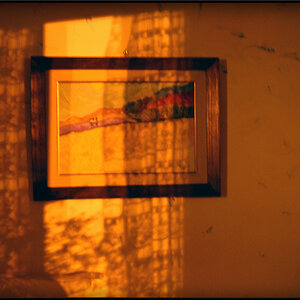
![[No title]](/data/xfmg/thumbnail/40/40292-bee9ec3dc0cd7f6c47df7466ae1fa3d2.jpg?1619739409)

![[No title]](/data/xfmg/thumbnail/34/34115-73b827c6a6db1413dcead11e4caaae69.jpg?1619736285)
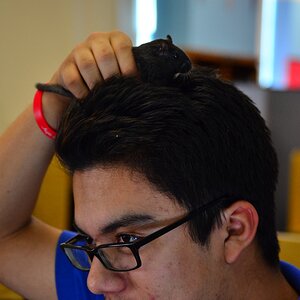
![[No title]](/data/xfmg/thumbnail/31/31096-b9b8d52b45753cd4f9251832149ef9da.jpg?1619734613)
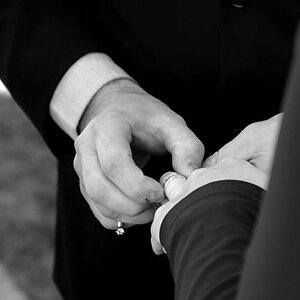

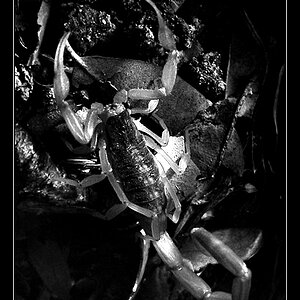

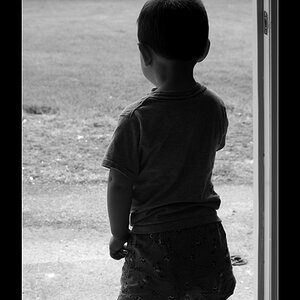
![[No title]](/data/xfmg/thumbnail/40/40290-c6963a3e1b72b7543d1633356ec3fc9c.jpg?1619739409)